GIVE NOW before 2025 ends—your gift will be doubled to help children in need. Click here to 2x your impact!
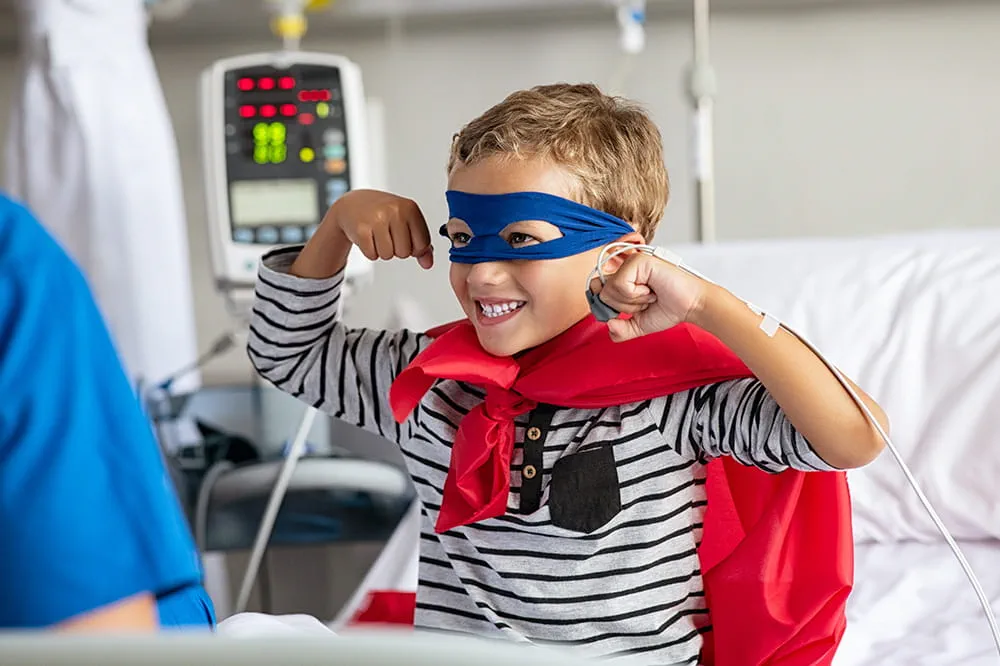
Ranked nationally in pediatric care.
Arkansas Children's provides right-sized care for your child. U.S. News & World Report has ranked Arkansas Children's in seven specialties for 2025-2026.
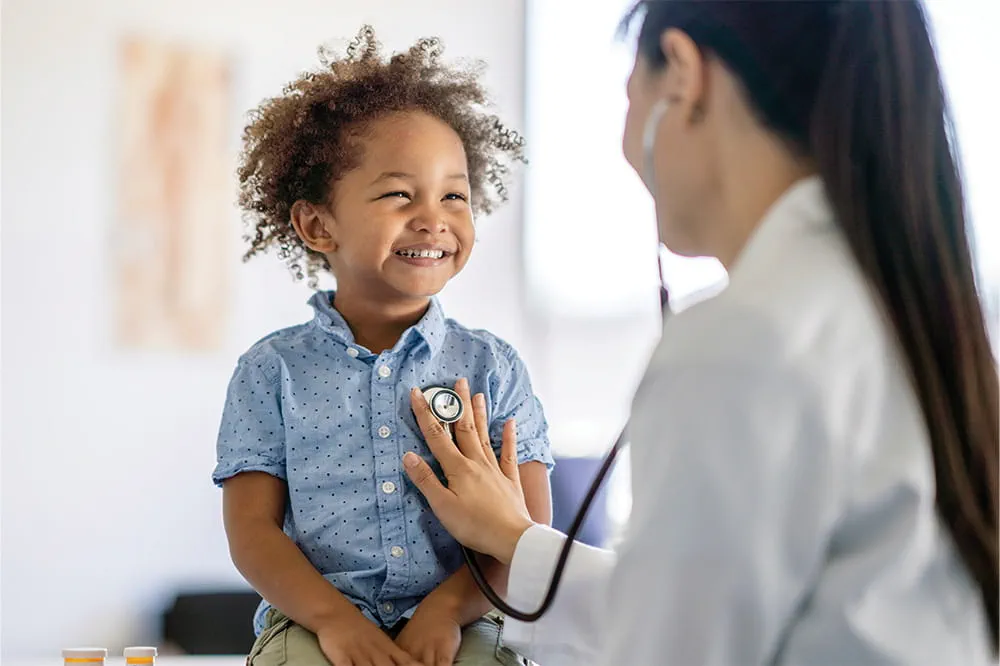
It's easier than ever to sign up for MyChart.
Sign up online to quickly and easily manage your child's medical information and connect with us whenever you need.
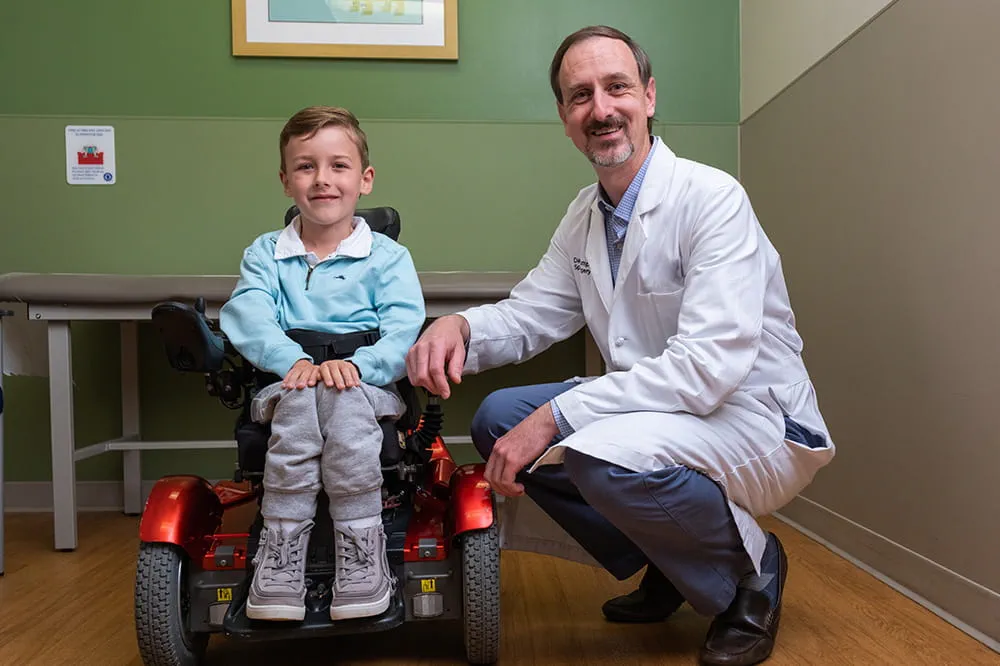
We're focused on improving child health through exceptional patient care, groundbreaking research, continuing education, and outreach and prevention.
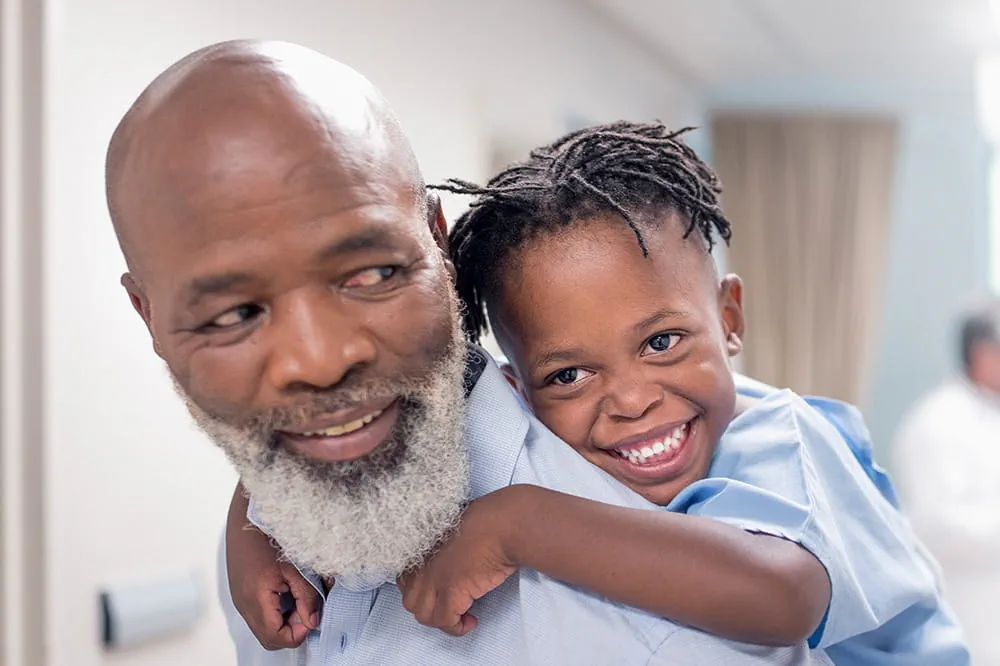
When it comes to your child, every emergency is a big deal.
Our ERs are staffed 24/7 with doctors, nurses and staff who know kids best – all trained to deliver right-sized care for your child in a safe environment.
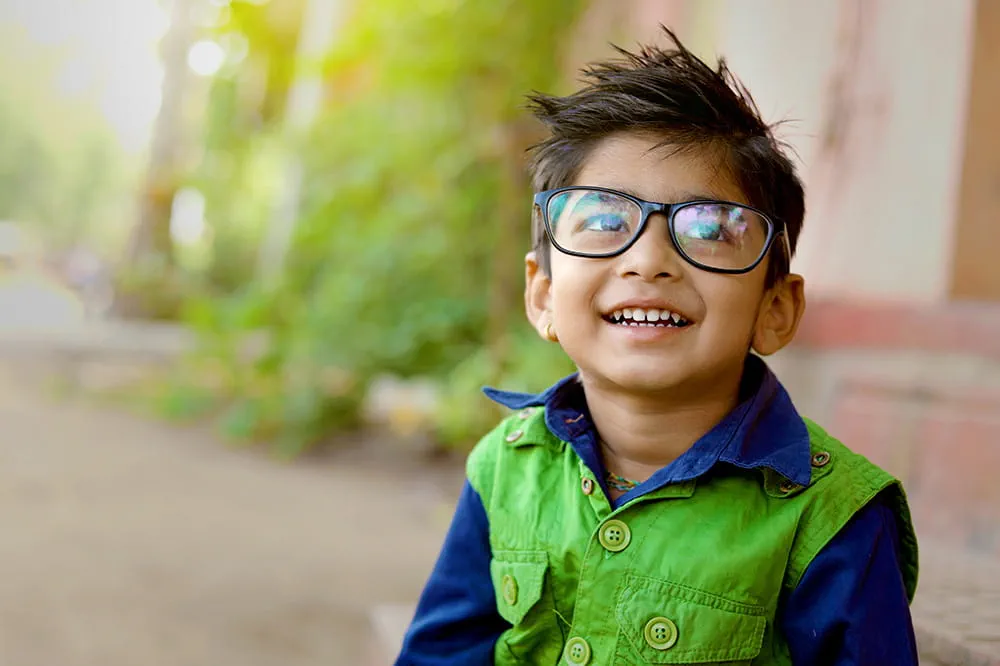
Arkansas Children's provides right-sized care for your child. U.S. News & World Report has ranked Arkansas Children's in seven specialties for 2025-2026.

Looking for resources for your family?
Find health tips, patient stories, and news you can use to champion children.

Support from the comfort of your home.
Our flu resources and education information help parents and families provide effective care at home.

Children are at the center of everything we do.
We are dedicated to caring for children, allowing us to uniquely shape the landscape of pediatric care in Arkansas.
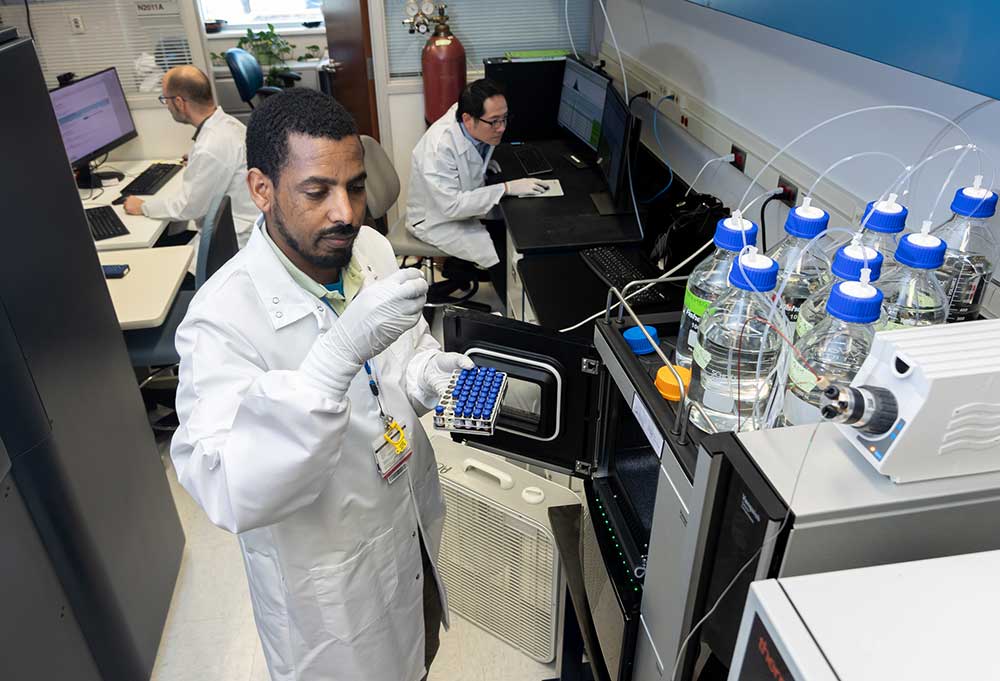
Transforming discovery to care.
Our researchers are driven by their limitless curiosity to discover new and better ways to make these children better today and healthier tomorrow.

We're focused on improving child health through exceptional patient care, groundbreaking research, continuing education, and outreach and prevention.
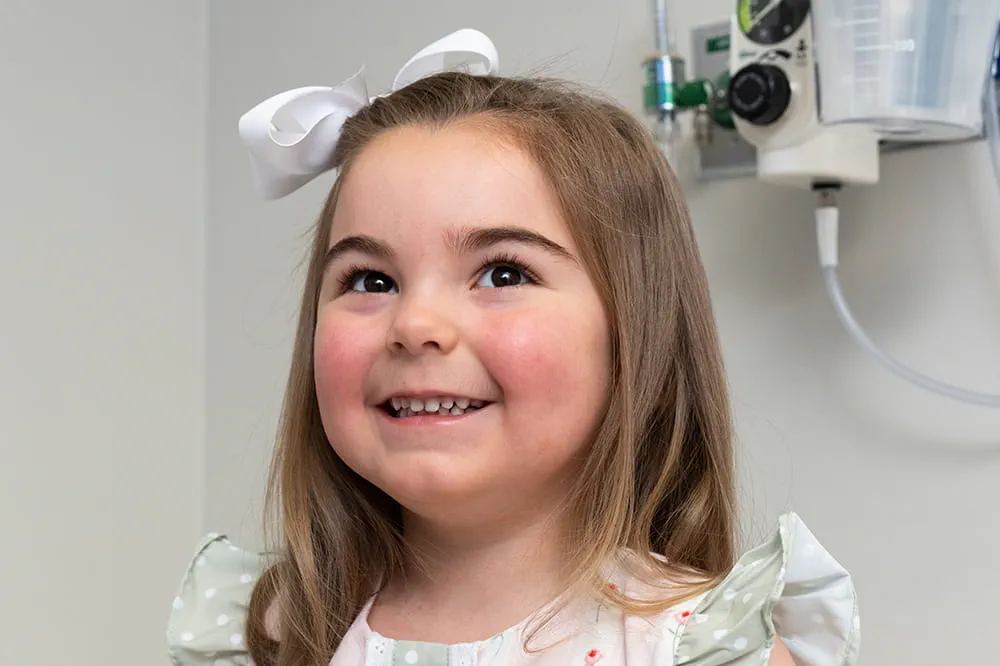
Then we're looking for you! Work at a place where you can change lives...including your own.
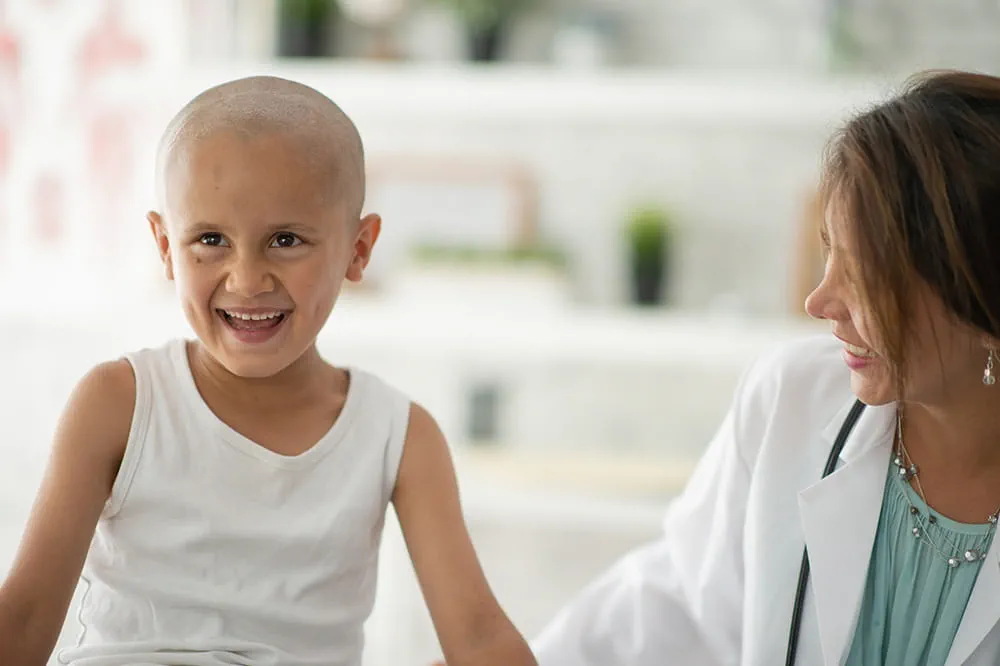
When you give to Arkansas Children's, you help deliver on our promise of a better today and a healthier tomorrow for the children of Arkansas and beyond
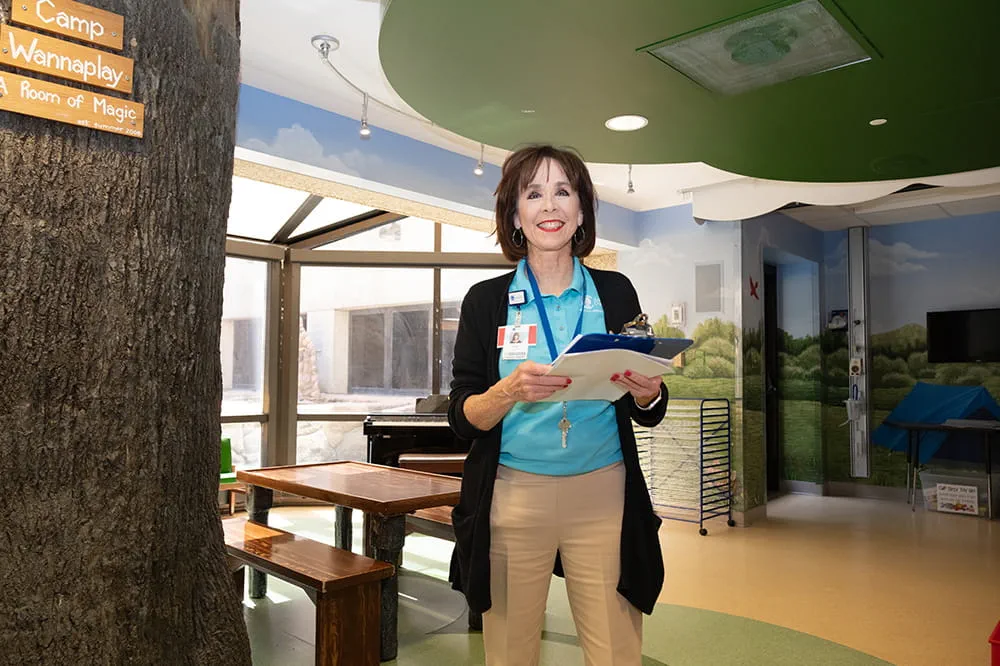
Become a volunteer at Arkansas Children's.
The gift of time is one of the most precious gifts you can give. You can make a difference in the life of a sick child.
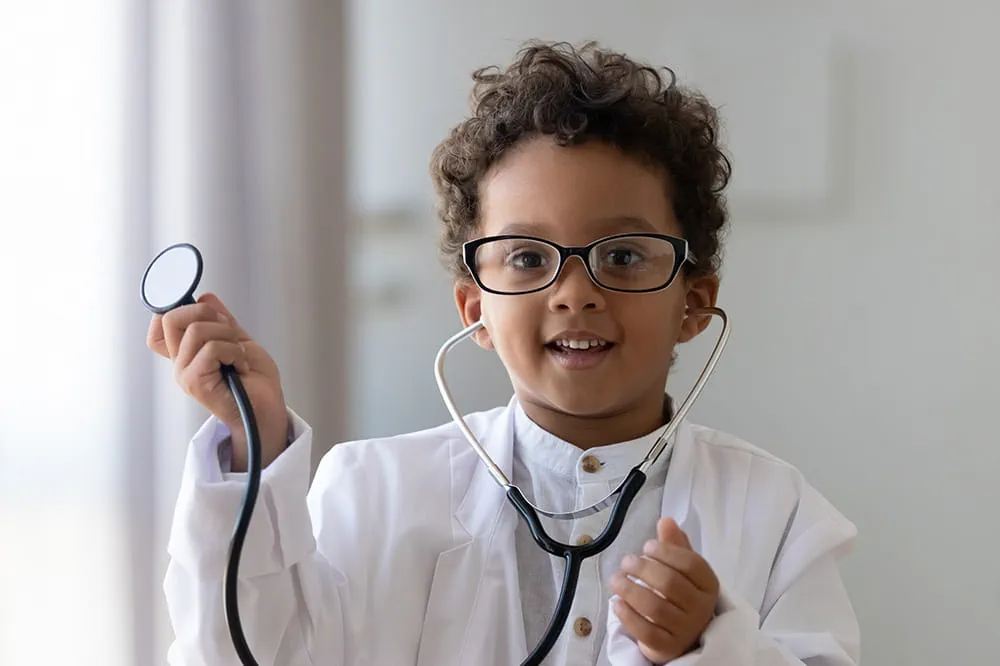
Join our Grassroots Organization
Support and participate in this advocacy effort on behalf of Arkansas’ youth and our organization.

Learn How We Transform Discovery to Care
Scientific discoveries lead us to new and better ways to care for children.

Learn How We Transform Discovery to Care
Scientific discoveries lead us to new and better ways to care for children.

Learn How We Transform Discovery to Care
Scientific discoveries lead us to new and better ways to care for children.

Learn How We Transform Discovery to Care
Scientific discoveries lead us to new and better ways to care for children.

Learn How We Transform Discovery to Care
Scientific discoveries lead us to new and better ways to care for children.

Learn How We Transform Discovery to Care
Scientific discoveries lead us to new and better ways to care for children.
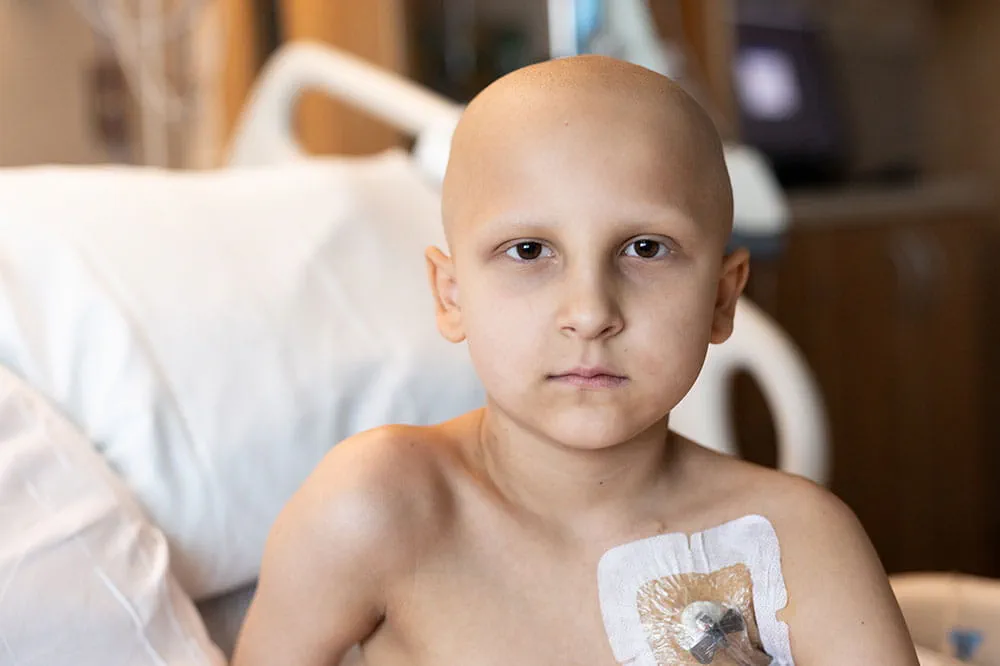
When you give to Arkansas Children’s, you help deliver on our promise of a better today and a healthier tomorrow for the children of Arkansas and beyond.
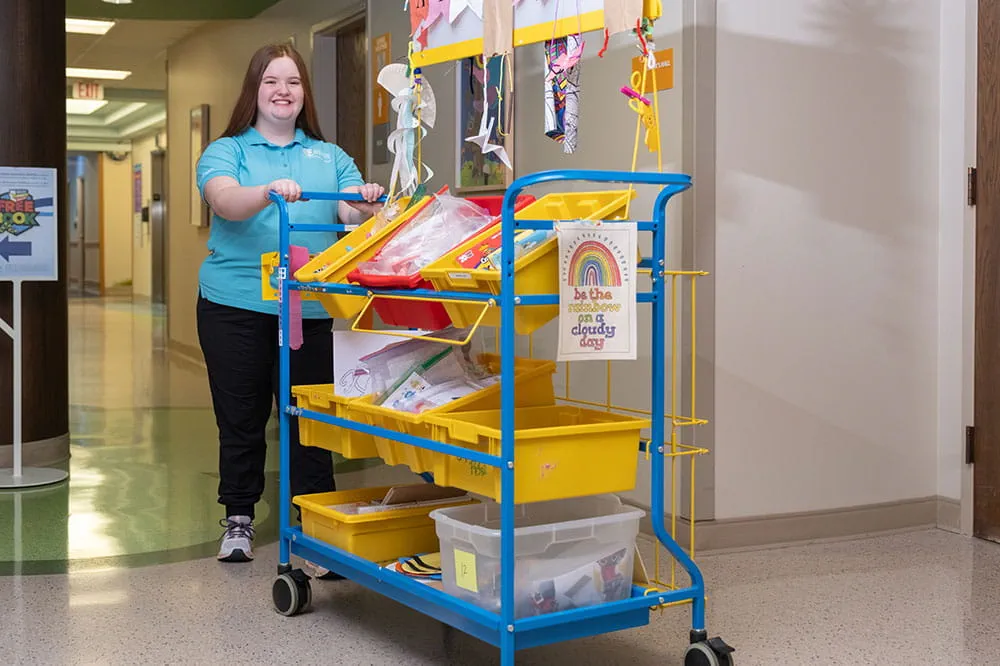
Your volunteer efforts are very important to Arkansas Children's. Consider additional ways to help our patients and families.
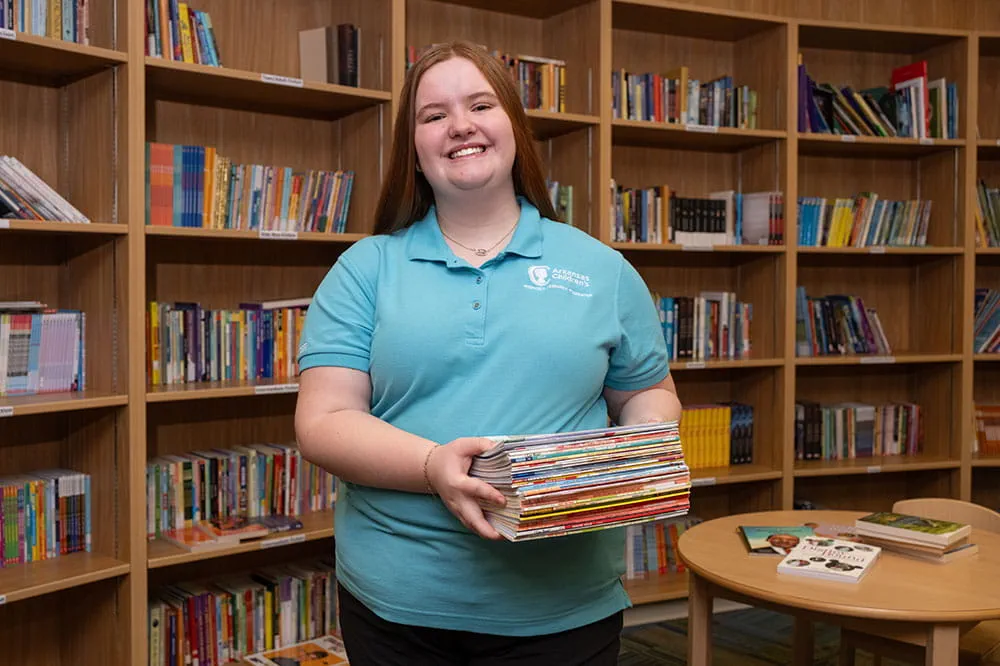
Join one of our volunteer groups.
There are many ways to get involved to champion children statewide.

Make a positive impact on children through philanthropy.
The generosity of our supporters allows Arkansas Children's to deliver on our promise of making children better today and a healthier tomorrow.
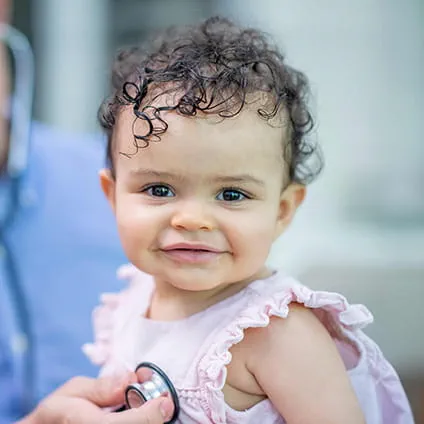
Read and watch heart-warming, inspirational stories from the patients of Arkansas Children’s.

Hello.
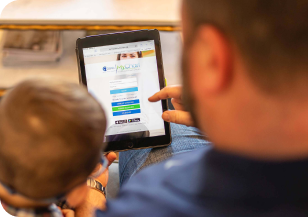
Arkansas Children's Hospital
General Information 501-364-1100
Arkansas Children's Northwest
General Information 479-725-6800

Hypoplastic Left Heart Syndrome (HLHS)
What is hypoplastic left heart syndrome?
Hypoplastic left heart syndrome (HLHS) occurs when the left side of a baby’s heart does not develop correctly. It is a congenital heart condition. This means it’s a condition that develops before a baby is born.
Although HLHS can take many forms, babies born with HLHS usually have a few problems with the left side of their hearts. These can include:
- The left ventricle is too small. The left ventricle is the lower chamber of the heart that pumps blood from the heart to the rest of the body. When it’s small, the left ventricle can’t get enough blood to the body.
- The mitral valve is too small or is closed. The mitral valve separates the left ventricle from the left atria, which is the upper left heart chamber.
- The aortic valve is small or closed. This is the valve between the left ventricle and the aorta, the artery that brings blood to the rest of the body.
- The opening of the aorta is very small.
Together, these problems make it very hard for the heart to pump enough blood and oxygen to the body. This is why babies with HLHS usually need treatment shortly after birth.
What are the signs and symptoms of HLHS?
In some cases, HLHS is diagnosed during pregnancy with a fetal echocardiogram. After a baby is born, the symptoms of HLHS are usually noticeable shortly after birth. They may include:
- Rapid breathing
- Shortness of breath or trouble breathing
- Poor feeding
- A bluish tint to the skin, lips and nails
What causes HLHS?
Experts do not know what causes HLHS. Although some babies with HLHS have a history of congenital heart disease in their families, most do not.
How is HLHS treated?
Most babies with HLHS need surgery shortly after birth. Your care team at Arkansas Children’s is experienced in treating all forms of HLHS and will work with you to come up with the best treatment option for your child. Treatments may include:
- Ductal Stent - Interventional procedures such as ductal stent placement (Hybrid approach) or medical palliation along with surgical placement of pulmonary artery bands may be indicated to stabilize the amount or direction of blood flow to the lungs and the body. These procedures are performed in the Cardiac Surgery Operating Room or Cardiac Catheterization Lab.
- Norwood Procedure - Traditional surgical palliation (the Norwood procedure) is routinely performed sometime in the first week of life. The primary goal of this surgery is to convert the heart into a single pumping chamber and to create a stable pathway for blood to get to the lungs. This will be the first stage of a progression of surgeries (usually, three surgeries over the first five years of life are needed). Each surgery will be specific to the child’s anatomy and planned out thoroughly by the pediatric cardiology and cardiothoracic surgery team. The overall goal of these surgeries is to set up a “single ventricle” (the right heart) as the main pumping chamber of blood circulation while pulmonary blood (blood to the lungs) drains back passively. As the child grows, they will require a series of tests/exams to evaluate for “candidacy” of progression down this pathway.
- Glenn Procedure - The second palliation, the Glenn, is typically performed sometime around 3 – 6 months of age.
- Fontan Procedure - The final palliation, a Fontan, is undertaken after the child is 2 – 3 years old. However, some children may be delayed until older.
Your care provider will provide an individualized care plan to each patient due to the complexity and wide range of recovery for each of the surgeries.
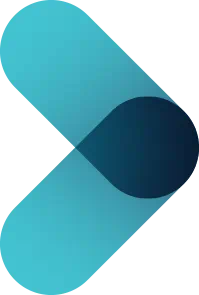
Appointments
New and existing patients can visit our appointment hub for several ways to request an appointment, including online scheduling for many services.
Request an appointment
